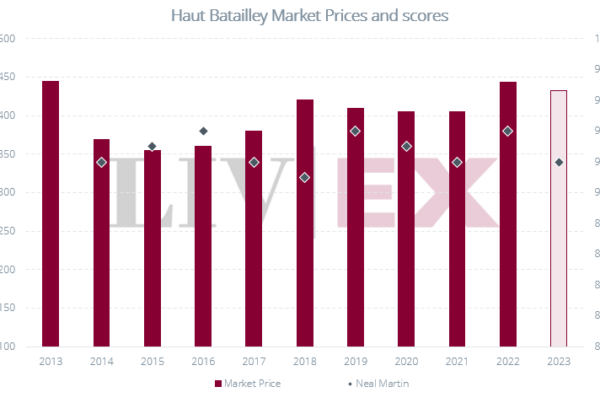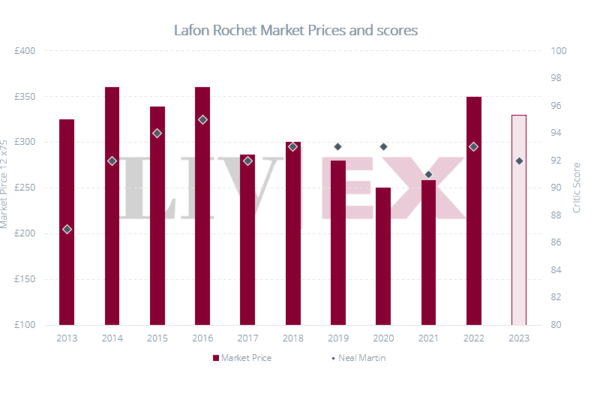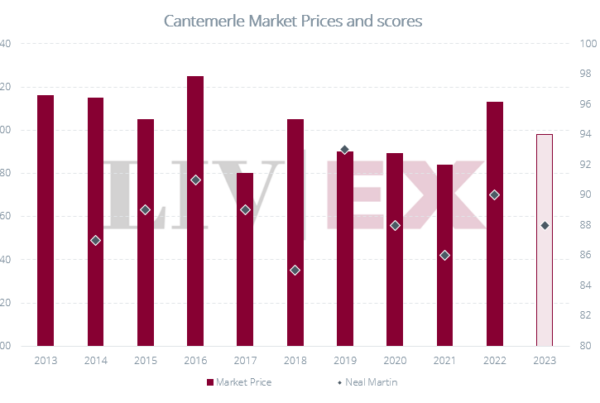Owner: Martin and Olivier Bouygues
Appellation: St Estephe
Classification: Second Growth
Vineyard area: 95 hectares
Standard blend: 64% Cabernet Sauvignon, 30% Merlot, 5% Cabernet Franc and 1% Petit Verdot
Other wines: La Dame de Montrose
History
Unlike its many mediaeval siblings, Montrose was conceived in the 19th century and is one of Bordeaux’s youngest Cru Classe. The estate once formed part of Calon Segur, which was purchased by Etienne Theodore Dumoulin in 1778. After his death in 1806, his son (of the same name) recognised the potential of a small sloped plot to the south of the estate – known at the time as La Lande de l’Escargeon. Dumoulin focused tirelessly on clearing the land and planting vines, and though he sold off the larger part of the original property a few years later, he retained ownership of his progeny – renaming it Montrose. (The name’s provenance is uncertain, though it seems to refer to the pink heather that once covered the knoll.)
In the ensuing years, Dumoulin extended the perimeter of the estate, and by the time the chateau was classified as a Second Growth in 1855, the vineyards spread across 50 hectares. Upon Dumoulin’s death in 1861, however, Montrose was left to his children, who sold it to Mathieu Dollfus.
Dollfus was a businessman and something of a 19th-century maverick. As well as avidly continuing the work in the vineyards and modernising the winery, he offered his workers innovative employment benefits, including profit sharing and health care. After his death in 1887, the estate passed to Jean-Jules Hostein of Cos d’Estournel, and then, in 1896, to his son-in-law, Louis Victor Charmolue.
Phylloxera and war took their toll on the vineyards in the early 20th century, with the estate functioning as an artillery base for German troops during the Second World War. Nevertheless, the Chamolue family restored much of what had been lost, and quality had reached new heights by the turn of the century. Despite their successes, the Chamolues sold the estate to Martin and Olivier Bouygues in 2006. In March 2010, they bought 22 hectares from Phelan Ségur, located next door.
The 2009 and 2010 vintage
The relationship between the 2009 and 2010 vintages is an interesting one. The 2009 was released in bottle to great acclaim. In February 2012, James Suckling awarded this “intense and refined” wine 100 points. Parker agreed with this view of the “colossal” wine, and matched Suckling’s perfect score. The 2010, released a year later, fell just short of this accolade: Parker scored the wine 99 points but admitted he was “leaning toward giving it a three-digit score”.
This didn’t seem enough for the buyers. By November 2013 Montrose 2009 had a market price of £2,350 per 12×75 and Montrose 2010 was 40% cheaper, at £1,416. Buyers clearly valued the one point difference.
In late August 2014, Parker released updated scores for several Montrose vintages on the back of a vertical tasting. Overnight, Montrose 2010’s fortunes changed. Upgrading the wine to 100 points, Parker put it “among the greatest vintages ever made in Montrose, right up with the 1929, 1945, 1947, 1959, 1961, 1989, 1990 and 2009”. On the 19th August the wine had traded for £1,184. As Parker’s scores were released it traded for £1,380; a few hours later, £1,650.
The 2010 has now settled at a market price of £1,574, 19% below the 2009 price of £1,950. They are different wines: in Parker’s words, the 2009 “is unctuously textured – thicker and juicier than the 2010 and more forward”. While he believes the 2009 has a drinking window of 2019-2069 – and will be ready in five years – the 2010 is a 50-75 year old wine with much longer ageing potential. Both have been scored 100 points, but it remains to be seen whether the gap in price narrows.
Market trends
As a Super Second, Montrose was well placed to benefit from broadening Chinese demand that occurred as a result of the fine wine market bull run. In reality, it very closely tracked its parent index, the Left Bank 200, only rising above it at the peak of the market. When the market began to fall, Montrose’s prices dropped, and it underperformed from mid-2012 onwards.
As shown in the chart above, the gap between the two indices closed in August. This may well be down to Parker. His vertical tasting included the 2003, 2005, 2009 and 2010 from recent vintages. The 2003 was upgraded from 96 to 99; the 2005 from 95 to 96; the 2009 remained at 100 and the 2010 lifted from 99 to 100. Montrose has joined the hallowed ranks of only seven Bordeaux wines that have scored 100 points in 2009 and 2010. What is interesting is that its August index level was recorded before Parker’s new scores had been released. With a 3.3% leap in prices just because of anticipation, does September hold an even stronger rise for Montrose? Either way, the wine is in the spotlight.









